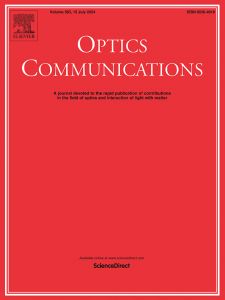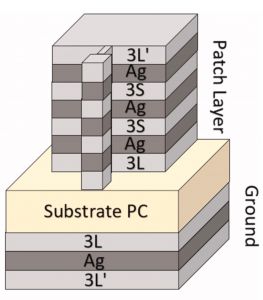
Our latest paper “Transparent dielectric/metal/dielectric multilayer microstrip patch antennas for X and Ku-band” has been published in Optics Communications. Caglar Kaya a b, Baris Akaoglu c, Utku Er d e, Yasin Bayram d a – Institute of Accelerator Technologies, Ankara University, Golbasi, 06830, Ankara, Turkey b – Graduate School of Natural and Applied Sciences, Ankara University, 06110, Diskapi, Ankara, Turkey c – Department of Physics Engineering, Ankara University, Tandogan, 06100, Ankara, Turkey d – SISECAM Science, Technology and Design Center, 34947, Kocaeli, Turkey e – Department of Micro and Nanotechnology, Middle East Technical University, 06800, Ankara, Turkey https://doi.org/10.1016/j.optcom.2024.130620 Abstract Optically transparent antennas are in high demand due to their critical role in healthcare, automotive and industrial sectors. These antennas face challenges in adjusting thickness for high optical transparency and also high conductivity for enhanced antenna characteristics. We mitigate the trade-off between optical transparency and antenna performance by pioneering the introduction of multiple sandwich structures in optically transparent antennas, for the first time in the literature, to the best of our knowledge. Three transparent multilayer antenna structures are designed as a rectangular patch antenna and fabricated on polycarbonate substrates. The multilayer structure consists of Ag layers sandwiched between layers of TiOx, SixNy, and ZnAlOx. Fabrication of the multilayer structures are verified by scanning electron microscopy (SEM). Optical transparencies of 85%, 73%, and 68% are achieved at a wavelength of 550 nm for one, two, and three layers of Ag, respectively. Scattering parameters and radiation patterns of the antennas are measured and simulated. For the antenna including triple dielectric/Ag/dielectric sandwich structure; peak gain, directivity and efficiency are obtained as 3.013 dBi, 8.072 dBi, and 37.5%, respectively. The agreement between measurements and simulations, together with the antenna performances obtained, validates our novel transparent antenna design.
|

